 Many Dwyer Instruments, Inc. electrical products are connected to the receiver and power supply with wires that are run through electrical conduits. Often, the conduit passes through multiple ambient temperature zones in the building or plant installation.
Many Dwyer Instruments, Inc. electrical products are connected to the receiver and power supply with wires that are run through electrical conduits. Often, the conduit passes through multiple ambient temperature zones in the building or plant installation.
These temperature changes can cause water vapor condensation inside the conduit.
If this condensation flows into or forms in the instrument, it can create electrical shorts or lead to corrosion that can create an instrument failure. Continue reading “Condensation Issues in Instrumentation Enclosures and How to Prevent Them”


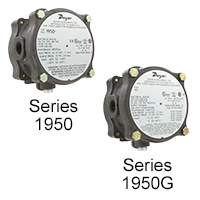
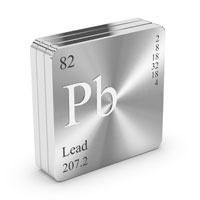
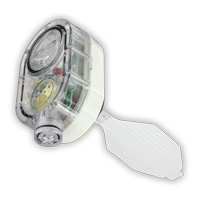
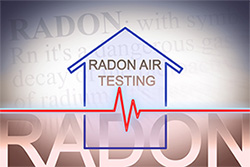 For anyone who has recently purchased or sold a home, they may have noticed a radon inspection clause in the purchasing agreement. What is radon, and why are we testing for it in our homes?
For anyone who has recently purchased or sold a home, they may have noticed a radon inspection clause in the purchasing agreement. What is radon, and why are we testing for it in our homes?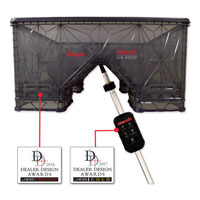
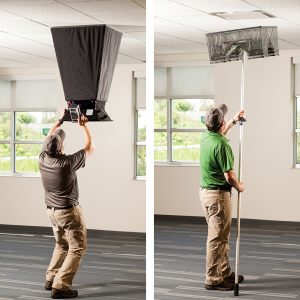 Many new users of the
Many new users of the